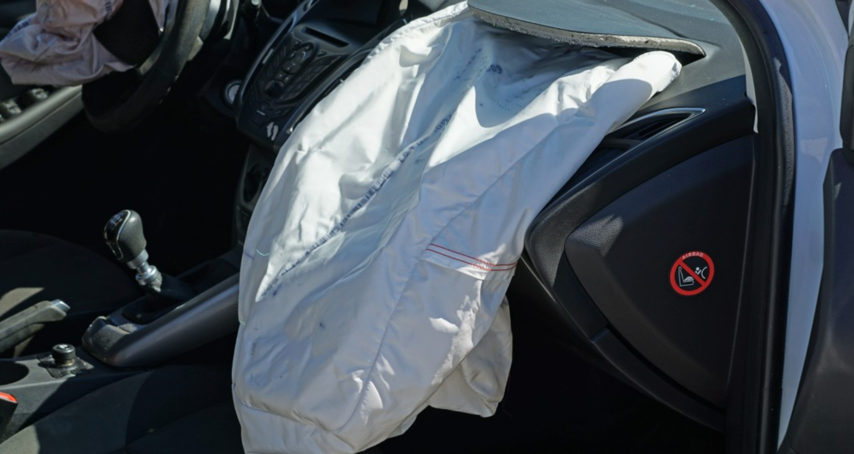
The way that airbags work is by detecting whether or not an occupant is seated on the airbag’s corresponding seat. If there is someone seated in the seat, the manufacturer expects that a seat belt will be worn. If no one is sitting in that seat, the seat belt will not be used and therefore, nor will the airbag turn on for that seat. Some manufacturers do have sensors in place in the actual seat that turn the airbag on if a specified minimum weight is placed on the seat. Regardless, the full inflation force will be deployed out of the airbag if it detects an unbelted average adult. However, if the airbag detects an occupant who is lightweight—like a small child for example—it may only deploy at a reduced force. It may even not deploy at all, depending on the way it was designed and whether or not the belt was used to avoid injuries from the airbag. As already explained, the airbag should not deploy if the sensors detect no occupants or use of a seat belt. A good thing to remember, though, is that modern airbag systems are still being constantly improved. Airbags may work in a large percentage of cases, but there can be times they aren’t as successful.
If you are having problems with your seat belt vs airbag, this is something you should not ignore. Seat belts and airbags are the primary and secondary restraint systems in your vehicle and mechanisms that should not be taken lightly. For seat belts, in particular, you can either purchase new ones at the dealer or get them repaired at the company Safety Restore. The latter option is much more affordable and will yield the same results. You can rest assured that Safety Restore has quality and safety in mind when it performs the repairs. The company only uses industry-standard tools and 100% OEM parts. It is also BBB accredited and carefully makes sure to meet FMVSS standards. To get seat belt repair, simply log onto safetyrestore.com! There you can purchase the service, before shipping out your belts to the company.

